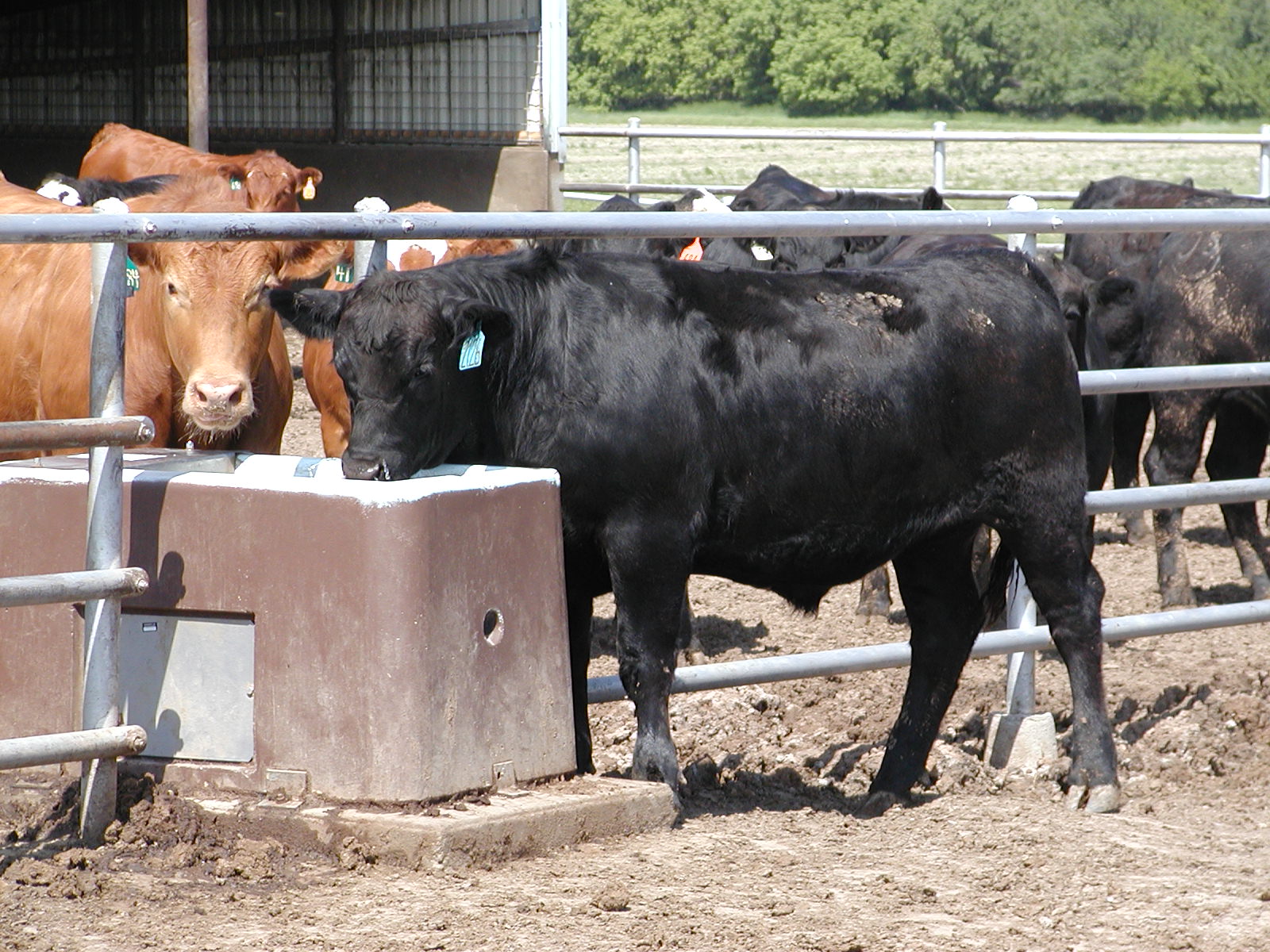The U.S. Department of Agriculture’s Animal and Plant Health Inspection Service is announcing the start of its National Milk Testing Strategy, which builds on measures taken by the USDA and federal and state partners since the outbreak of highly pathogenic avian influenza (H5N1) in dairy cattle was first detected in March 2024.
The USDA is issuing a new federal order, as well as accompanying guidance, requiring that raw (unpasteurized) milk samples nationwide be collected and shared with the USDA for testing. This new guidance from the USDA, which was developed with significant input from state, veterinary and public health stakeholders, will facilitate comprehensive H5N1 surveillance of the nation’s milk supply and dairy herds.
“Since the first HPAI detection in livestock, USDA has collaborated with our federal, state and industry partners to swiftly and diligently identify affected herds and respond accordingly,” Agriculture Secretary Tom Vilsack said. “This new milk testing strategy will build on those steps to date and will provide a roadmap for states to protect the health of their dairy herds. Among many outcomes, this will give farmers and farmworkers better confidence in the safety of their animals and ability to protect themselves, and it will put us on a path to quickly controlling and stopping the virus’s spread nationwide.”
This testing strategy is designed to increase the USDA’s and public health partners’ understanding of the virus’s spread in the United States through a structured, uniform and mandatory testing system that will help swiftly identify which states, and specific herds within them, are affected with H5N1; support the rapid implementation of enhanced biosecurity measures to decrease the risk of transmission to other livestock; and, importantly, inform critical efforts to protect farmworkers to help lower their risk of exposure.
USDA believes this additional step is needed to proactively support effective biosecurity measures, which is key for states and farmers to contain and eliminate H5N1 infections from their livestock and to eliminate HPAI in livestock across the U.S. dairy population.
“This testing strategy is a critical part of our ongoing efforts to protect the health and safety of individuals and communities nationwide,” said HHS Secretary Xavier Becerra. “Our primary responsibility at HHS is to protect public health and the safety of the food supply, and we continue to work closely with USDA and all stakeholders on continued testing for H5N1 in retail milk and dairy samples from across the country to ensure the safety of the commercial pasteurized milk supply. We will continue this work with USDA for as long and as far as necessary.”
The federal order makes three new requirements. First, it requires the sharing of raw milk samples, upon request, from any entity responsible for a dairy farm, bulk milk transporter, bulk milk transfer station, or dairy processing facility that sends or holds milk intended for pasteurization. Second, the federal order requires herd owners with positive cattle to provide epidemiological information that enables activities such as contact tracing and disease surveillance. Finally, like USDA’s April 24 federal order, it requires that private laboratories and state veterinarians report positive results to USDA that come from tests done on raw milk samples drawn as part of the NMTS. The first round of silo testing under the federal order and the NMTS is scheduled to begin the week of Dec. 16, 2024, although some states are already conducting testing compatible with the NMTS.
This new federal order does not override or supersede USDA’s April 24 federal order, which still requires the mandatory testing of lactating dairy cows prior to interstate shipment and requires that all privately owned laboratories and state veterinarians report positive test results connected with those tests. The new order is intended to complement and enhance this existing order.
To learn more about USDA’s response to HPAI in dairy cattle, visit www.aphis.usda.gov/livestock-poultry-disease/avian/avian-influenza/hpai-detections/livestock.



